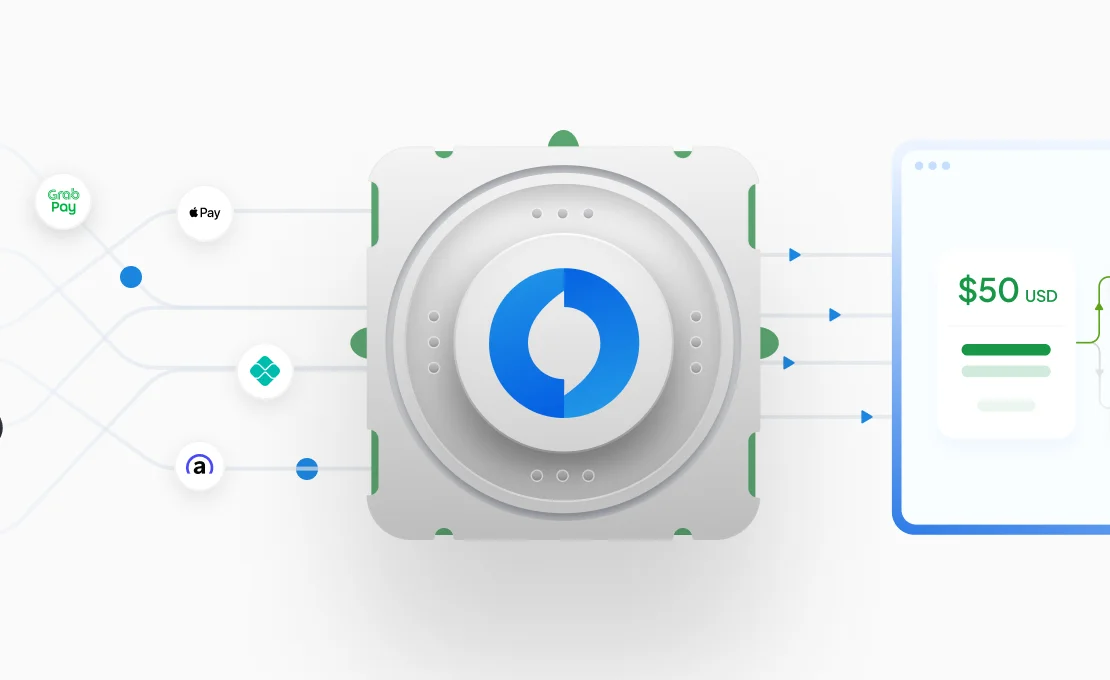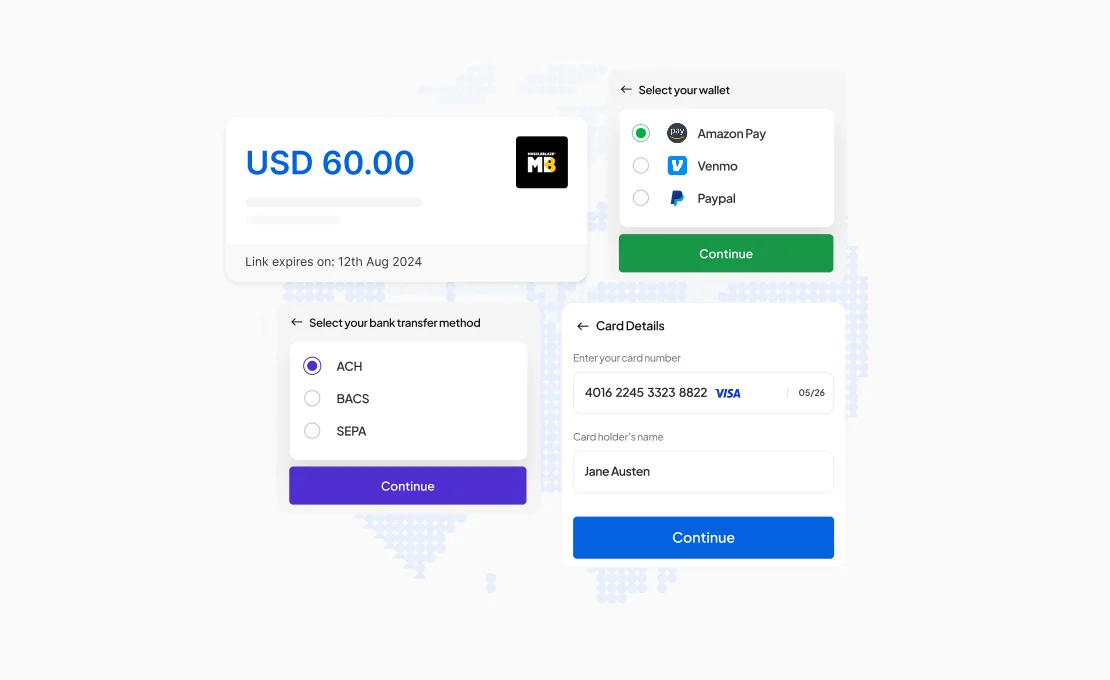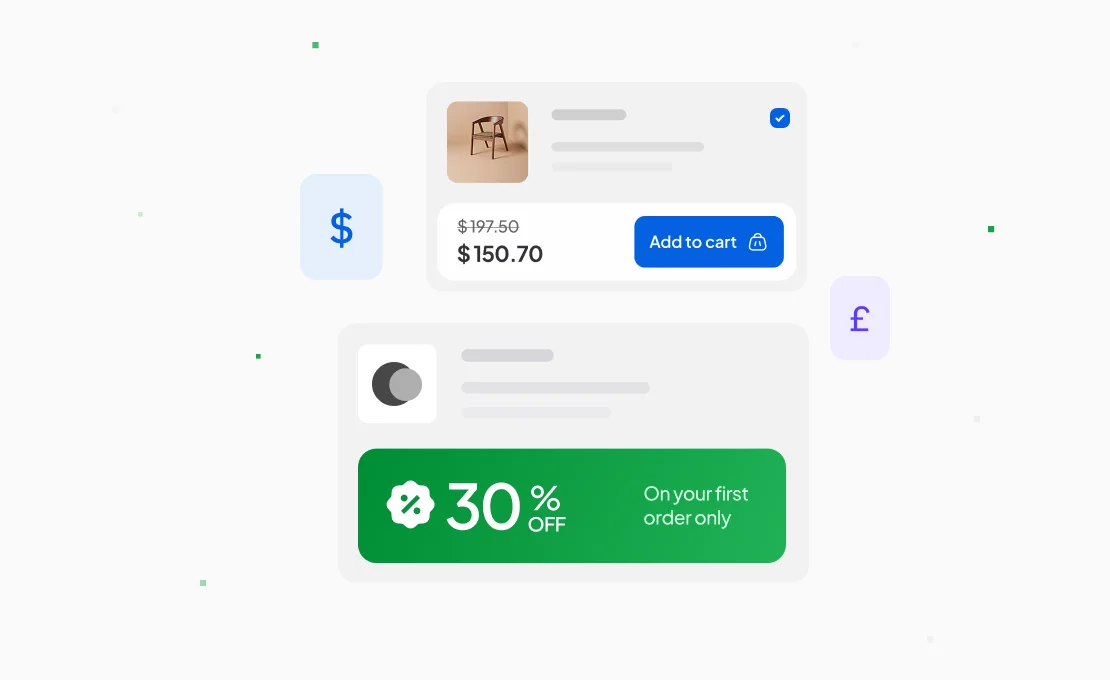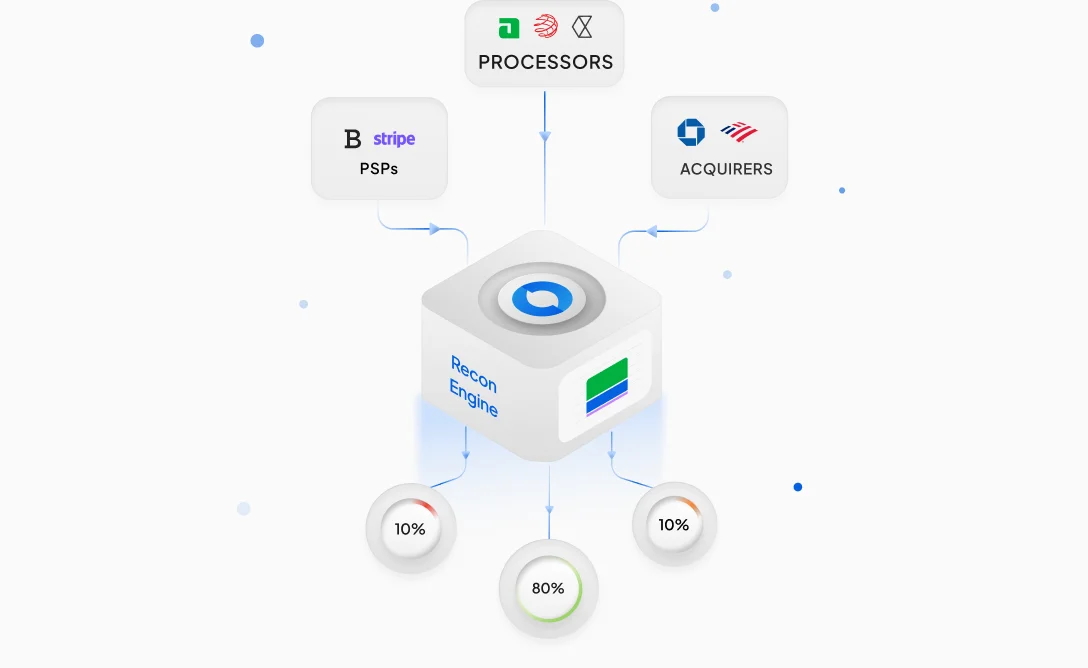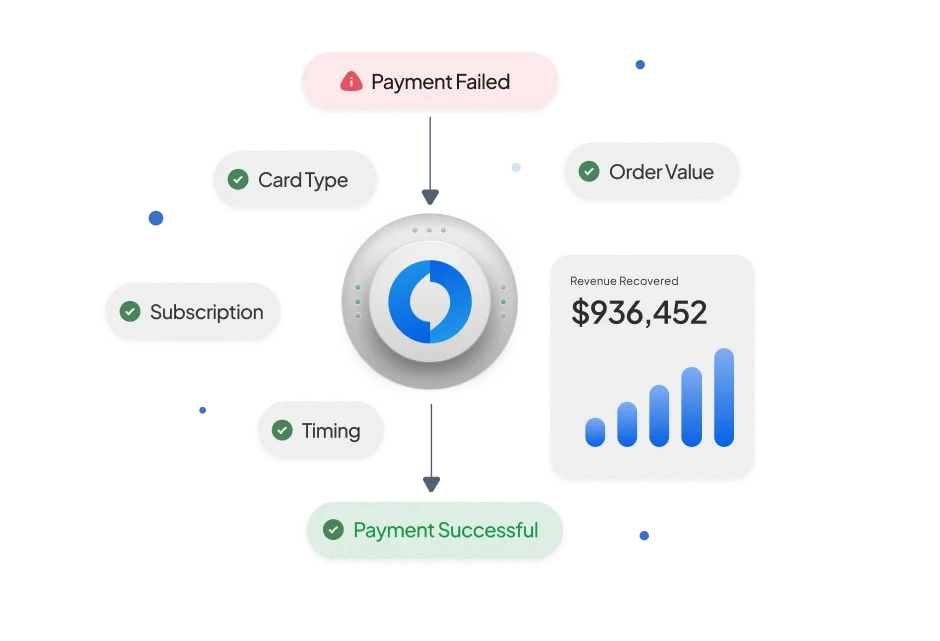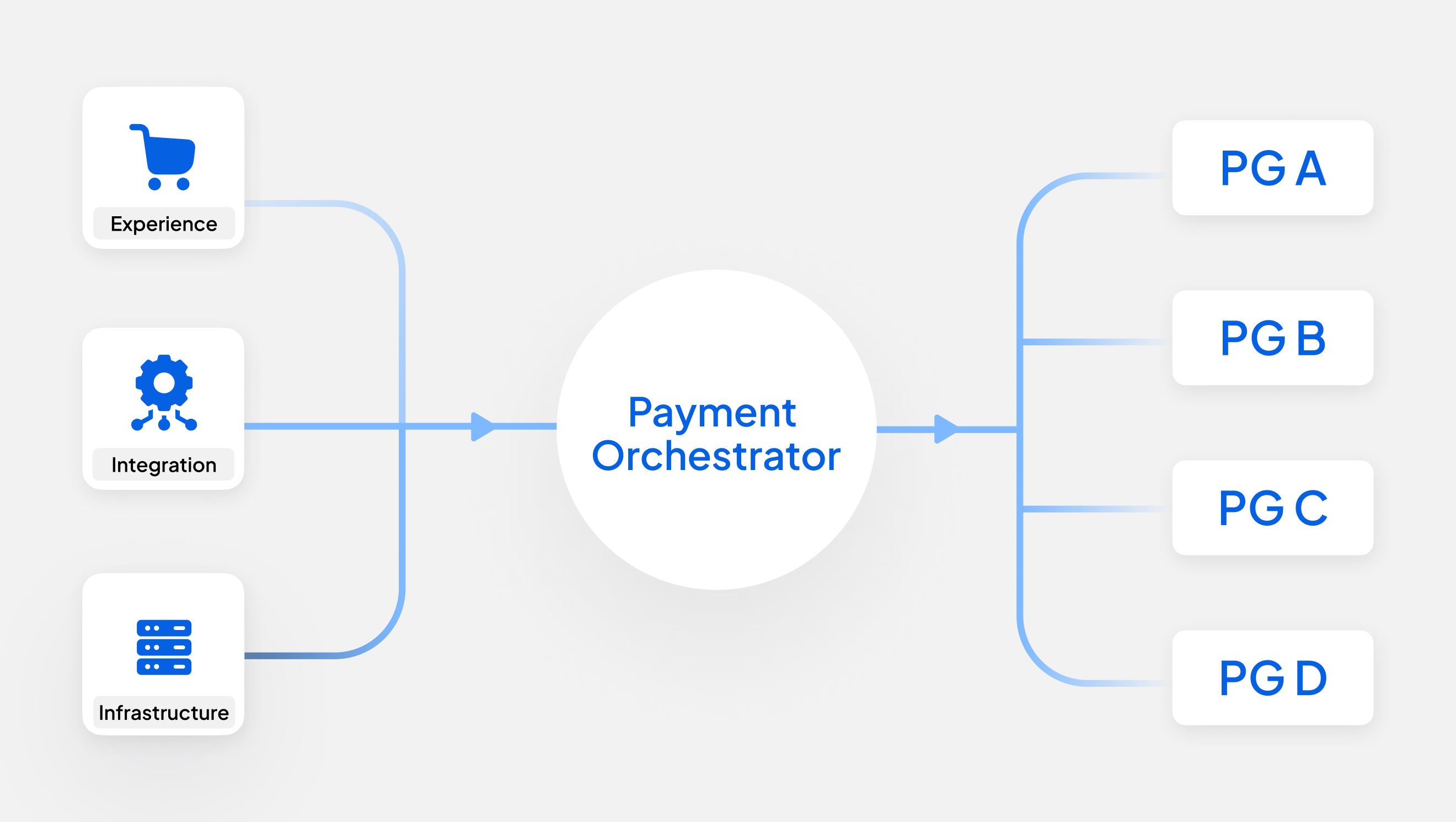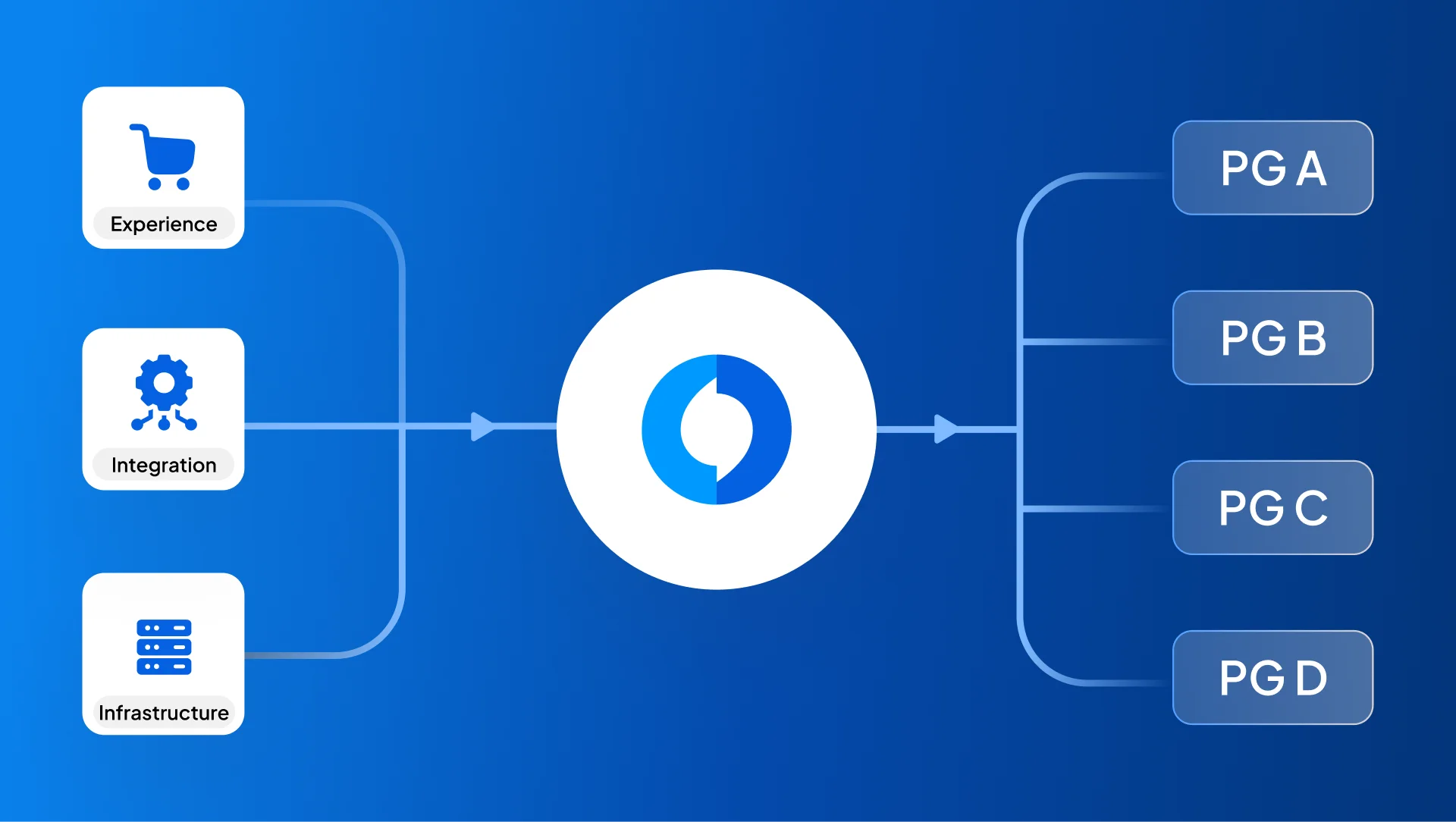Breaking the App Store Barrier
Whether a critical bug is fixed or a potentially impactful update has been shipped, leaving the ground is critical. But instead of a countdown, mobile teams are met with a wall of silence. The update is stuck in the app store review queue. Now users are reporting issues, metrics are slipping, and the team’s hands are tied.
This is the hidden cost that mobile teams often pay as update mechanisms face critical limitations. Large and bandwidth-heavy bundles slow down adoption with only 15–20% of users updating over three days. Existing tools lack meaningful analytics, flexible rollout options, and multi-tenancy support, making it hard to optimize and scale. Additionally, many existing solutions are poorly maintained or discontinued, leaving teams exposed to operational risks.
At Juspay, powering payments and commerce for India's largest enterprises means release velocity isn't just an engineering metric—it's a core business imperative. As an SDK company, this becomes an even bigger challenge to sync releases across multiple merchants.
That’s why we built Airborne, our own over-the-air update platform, forged through nearly a decade of hands-on experience. Now, Airborne is available to other merchant-facing apps, helping them eliminate release bottlenecks and prevent delays that could disrupt millions of transactions and users.
Introducing Airborne: The Express Lane for Your App Updates
Airborne effectively provides an independent launch control for your app. It empowers you to push changes to your app's user interface, business logic, and assets directly to your users' devices—instantly, securely, and entirely on your schedule.
It’s a modular, cloud-native platform built using modern technologies to deliver updates with unmatched speed, reliability, and control. By cleanly separating the static native shell (which continues to follow app store release cycles) from the dynamic business logic and resources, it enables teams to push updates instantly without waiting for store approvals.
Core Principles
- Efficiency: Supports updates with differential splits to reduce bandwidth usage and accelerate downloads with flexibility to segregate and perform lazy downloads of selected splits
- Security & Isolation: Implement a strict multi-tenant architecture to ensure data privacy and secure update delivery for apps across and within organizations.
- Insight-Driven: Provide real-time analytics on adoption, rollbacks, and performance to enable data-driven decisions.
- Flexibility: Support targeted releasing based on any dimension: city/customer/cohort/platforms, A/B testing, and multi-version releases for seamless experimentation.
System Components
Airborne comprises two major components with modular sub-components, each optimized for a specific function.
1. Client-side:
- Android SDK (Kotlin): Orchestrates OTA updates on Android devices with UpdateTask, handling everything from configuration fetching to safe patch application.
- iOS SDK (Swift): Provides a lightweight, reliable update client for iOS apps, ensuring consistency across platforms.
- React Plugin (JavaScript): Enables OTA updates for React Native apps, bridging the gap between native and JavaScript environments.
2. Server-side
- Server (Rust, Actix Web): Powers the backend with RESTful APIs for release management, authentication, and configuration delivery.
- Dashboard: A web-based interface for managing organizations, apps, releases, and analytics.
- Database (PostgreSQL, Diesel ORM): Stores metadata for packages, configurations, and releases, ensuring fast and reliable data access.
- File Storage (AWS S3, KMS): Securely hosts update packages and resources with encryption for data protection.
Key Features
Compact Differential Updates
By splitting updates into important (required) and lazy (optional) components, Airborne lets app owners precise control over which updates must be adopted immediately and which can be deferred.
Background Workers for Rapid Adoption
Background workers in the SDKs check for updates every four hours, prompting users to upgrade seamlessly. This redirects control back to the app teams—allowing them to trigger critical updates directly via the Firebase Console whenever needed.
Advanced Analytics via Dashboard
The React-based dashboard provides a comprehensive view of:
- Adoption Rates: Tracks update uptake by platform, version, and organization.
- Rollback Events: Identifies issues with specific releases for quick resolution.
- Performance Metrics: Monitors download times (P90: 250ms) and total update time (1.1s).
- Release Status: Visualizes the lifecycle of releases (CREATED, STAGING, LIVE, DISABLED).
Dashboard Interface
Flexible Rollouts and A/B Testing
Airborne supports percentage-based rollouts (e.g., 10% of users) and targeted deployments via custom dimensions - for example, user segments or region. Integration with Superposition enables A/B testing, allowing us to experiment with features before scaling them to all users.
Modular Architecture
Airborne has been intentionally designed as a modular multi-component system wherein each component can operate independently as stand-alone systems of their own, allowing users to pick and choose parts of the system that fit their needs
- The server component, for instance provides experimentation and analytics features on top of file-serving capabilities
- The SDK component similarly offers client side functionality and can be integrated into the user’s backend too
Your Co-Pilot for Growth
Airborne is more than an OTA update platform, it's a critical infrastructure layer that restores autonomy to engineering and mobile teams. From mission-critical SDKs to consumer-facing apps, it ensures that updates reach users not in days, but in seconds—when they need them, where they need them, and without breaking the flow of delivery pipelines.
What started as an internal solution at Juspay: powering updates across our multi-tenant, high-scale systems, and is now available to the broader developer community. Airborne is open-source by design and can be adopted as a hosted service or deployed on-premise by partners building for scale. For teams building at scale and looking to ship faster, experiment safely, and respond instantly, Airborne navigates the path to new altitudes.
Explore the complete Airborne implementation here.
